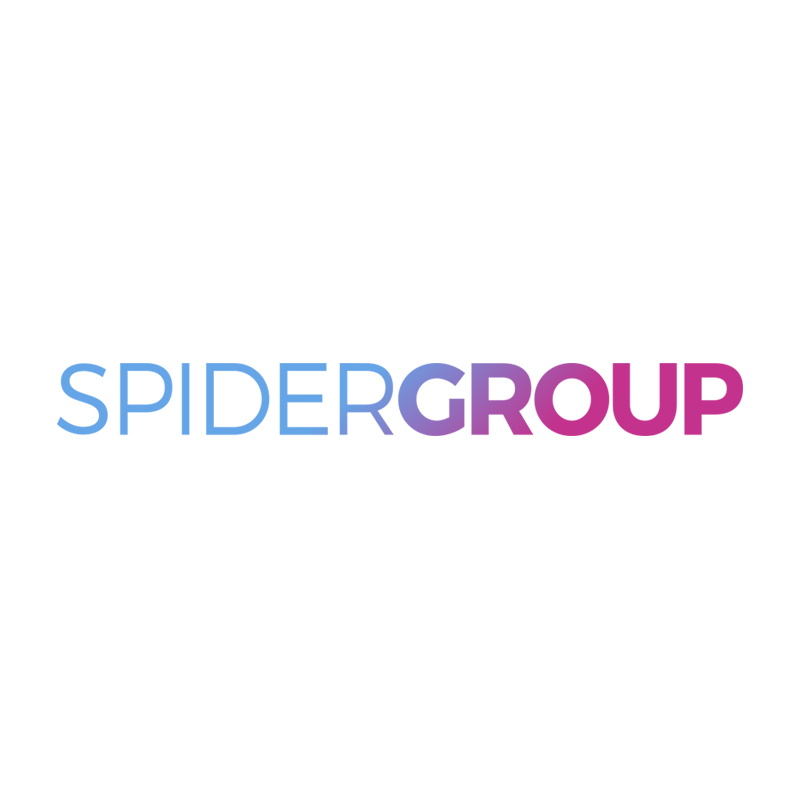IT is one of the biggest resources for any business. With so many systems, software and ways of working available, how do you know you’re using your IT in the most efficient way? Here are four quick suggestions to increase the efficiency of your IT systems and reduce the overall cost of IT expenditure.
Server consolidation
Organise the IT services required by your business by importance. Consider which are required to be local services (eg. Domain controller, Dynamic Host Configuration Protocol) and contrast with others which could be hosted elsewhere (eg. Web services or on the cloud).
Ensure the most important services are spread across multiple servers (eg. Domain Controllers) with less important services grouped together on one server. You may also find that there are some that are no longer required, for example, your old fax server.
Consolidating your services like this may mean that you are able to retire entire servers. A newly purchased (and more powerful) server will generally host a lot more roles. Moving some services to the cloud may also reduce costs and management time. You can, of course, look to host on IT providers’ servers which will ensure you are working the most efficiently and safely as they will look after the server maintenance and often have backup servers in place to safe guard against outages.
Virtualisation
Virtualisation is the technology of running multiple servers, or virtual machines on one physical piece of hardware. Spending the money to move to this model and away from your ageing physical in-office servers will prove to be an effective cut in costs and increase in efficiency.
After consolidating your services, you may find you can run all of the IT your business needs from one piece of hardware, reducing costs. Bear in mind, you will need a plan should this hardware fail so check if there is a dual location model, backup system and where your data is stored in all cases.
Thin client model
The thin client model uses inexpensive and easy to manage, small client machines instead of fully featured desktop/laptop computers. You will no longer need to manage updates and software deployment to these machines, as they all centrally connect to a Remote Desktop server. They have no moving parts like disk drives and are very cheap to replace. Because of their size (a small disk size cube), they are easy to take home with you, enabling you to plug in your screens and internet and work from anywhere.
Subscription based Software Licensing
More and more software licensing is now done using the subscription based model. Adobe Creative Suite and Microsoft Office now urge you to pay a monthly subscription for each member of staff rather than expensive one-off fees for licenses. This means that you can efficiently add and remove individuals and services without being tied into long contracts or paying for unused resources. Moving to this model means you will constantly be up to date with your software and provides an easier way to manage your IT licenses, particularly as your business grows.
A primary example of subscription based software is Microsoft Office 365. The new packages combine the subscription based software licensing for Microsoft Office with hosted email and cloud file storage. Depending on your business’ needs, consolidating both Office licensing and email subscriptions to one monthly cost could reduce your costs and increase IT efficiency.
In summary, there are a number of ways you can improve your business IT efficiency. Consider moving some services to the cloud, and reducing the local IT infrastructure in your office. The more systems and hardware you can move out of your office, the more money you save on running and maintaining them yourself. By using more software as a service (SAAS) type products, not only can you work from pretty much anywhere with an internet connection, but you also have fast and efficient support available to all members of your business, saving you time and effort in management.
If you would like to find out how efficient your current services are, feel free to contact us and we will provide you with a free IT efficiency review! Or give us a ring to find out about general IT support in Bristol and the South West. Call us on 0117 933 0570 or contact us here.

